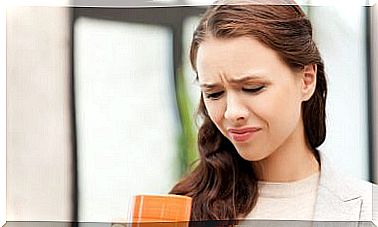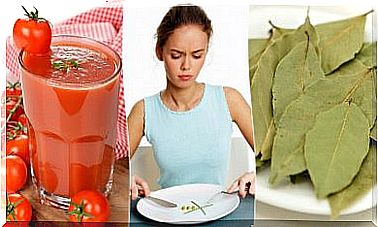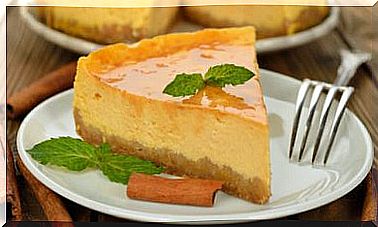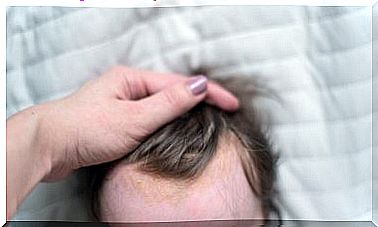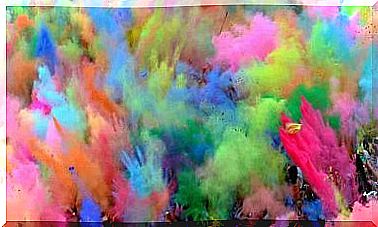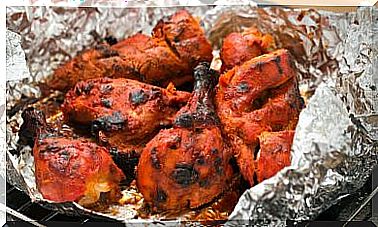Home Remedies For Heel Spurs
Do you suffer from a heel spur? So, you have felt that stabbing pain that prevents you from performing daily tasks. Walking in these conditions could become a little torture. Hence the need to seek the help of a specialist .
In this article, we offer you some home remedies that you could add, after consultation, to your doctor’s instructions. They will provide you relief.
Tips to alleviate heel spur pain
The spurs affect the back of the heel. It occurs when a small bone in the foot that begins to protrude and causes inflammation of the surrounding tissue. This swelling causes pain in the sole of the foot, especially when standing up after sitting for a long time.
The treatment consists of reducing the inflammation or plantar fasciitis, although the most desirable would be its prevention. The most important thing, in this case as in so many others, is that you follow your doctor’s instructions. After consulting with your doctor, it would not hurt to accompany them with these home remedies. They could help you find relief.
1. Rest

Rest is the first measure we should take to relieve pain caused by a heel spur. It is important to rest the affected foot to prevent inflammation from escalating. You should also avoid running and making sudden movements.
After a few days and the inflammation in the area has decreased, you could perform small and gentle stretching exercises. Keep in mind that sometimes the recurrence of the problem depends on a successful recovery.
2. Orthopedic insoles

Orthotic insoles are ideal for treating heel spurs. These are insoles whose softest area coincides with the height at which the heel is. In this way, it is possible to cushion the footprint and reduce both pressure and pain.
You can easily find them in pharmacies. They are perfect for when you already have a little more mobility. Remember, however, the importance of resting for the first few days. Only then can you help the inflammation to reduce.
There are also specific bandages for the heel. They are located at certain points to help counteract the inconveniences caused by the inflammation of the affected area. Ask your doctor or pharmacist for more information.
3. Move a bottle full of ice water with the sole of the affected foot.
Ice is always very beneficial in lowering inflammation and reducing pain. Of course, you should never put it directly on skin. It would cause you more harm than relief. Then, it is best to cover its surface with a piece of cloth or towel. This way you will avoid burns.
That said, it is convenient to explain, step by step, what our third tip consists of:
- Fill a one and a half liter plastic bottle with water.
- Put it to freeze.
- Once the water in the bottle is very cold, remove the bottle from the freezer.
- Spread a towel on the floor and put the sole of the affected foot on the frozen bottle.
- Move the bottle by turning it with your foot as if it were the movement of a wheel. Keep doing this movement for at least 15 minutes.
Unless your doctor says otherwise, you could do this exercise twice a day. You will notice relief.
4. Home massages
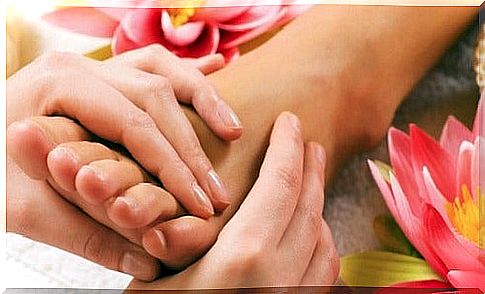
A gentle massage may provide relief. It could also help reduce inflammation. Next, we propose two daily routines: one, for the mornings, and another, for the afternoons.
For the mornings, you could use apple cider vinegar:
- Soak a cloth in half a glass of apple cider vinegar.
- Put it on the heel while you massage it, describing small circular movements with your hands. As this happens, the skin will become soaked in the apple cider vinegar.
In the afternoon, you could use a mixture of lavender, rosemary, and sea salt:
- Prepare an infusion with 5 sprigs of lavender and 3 of rosemary.
- Add coarse salt to it when it is still hot to get a better dissolution.
- Soak a cloth with the resulting liquid. It is desirable that it is warm when you put it on the area affected by the heel spur.
- Let it act on that area for about ten minutes.
- Finally, put your foot in cool water. (The contrast between hot and cold water reactivates circulation and helps reduce inflammation.)
5. Little stretches

These are very gentle exercises, doing small stretches. They will allow you to improve mobility little by little and relieve heel pain.
Here are the exercises that we propose:
1. Sit in a chair and try to lift a towel that you have previously placed on the floor with the affected foot.
2. Roll a cold bottle with the sole of the foot, which we described in the previous section. The cold relieves the pain while doing small stretches.
3. When you get up, pull on your toes. Thus, you will be able to move the many small bones that are part of the toes. This little stretch will help you regain mobility and reduce pain little by little.
You must have patience. The estimated time to recover from pain caused by heel spurs ranges from 6 months to 1 year.
During this long process, you could also use the so-called night splints. They are a kind of orthopedic support that forces you to keep the sole of your foot extended while you sleep. Ask your doctor or physical therapist about them.
To hot and cold baths and small stretches, you should incorporate fresh fruits into your diet. Nettle infusion, for example, is ideal for treating inflammations. Hence, consuming it daily is so beneficial for people suffering from calcaneal spurs.
